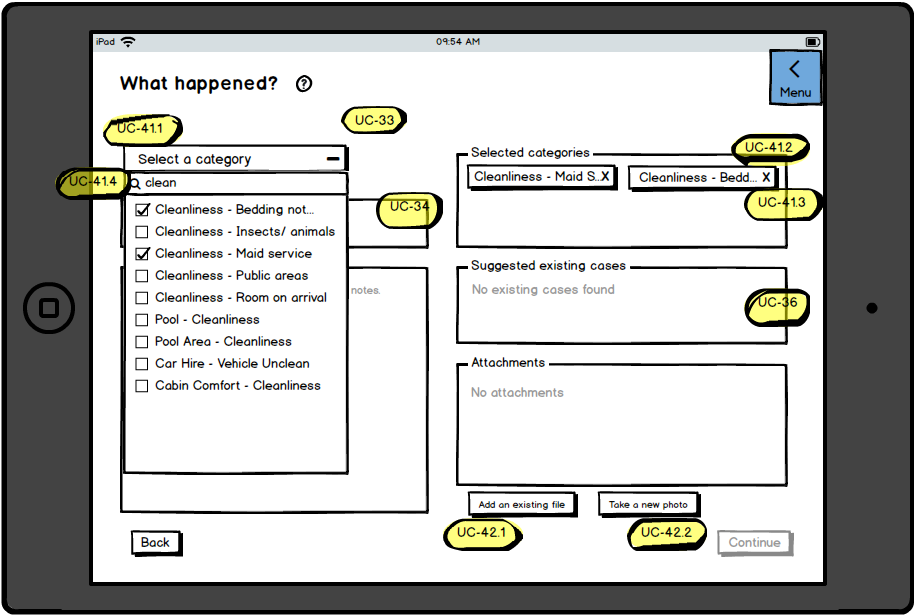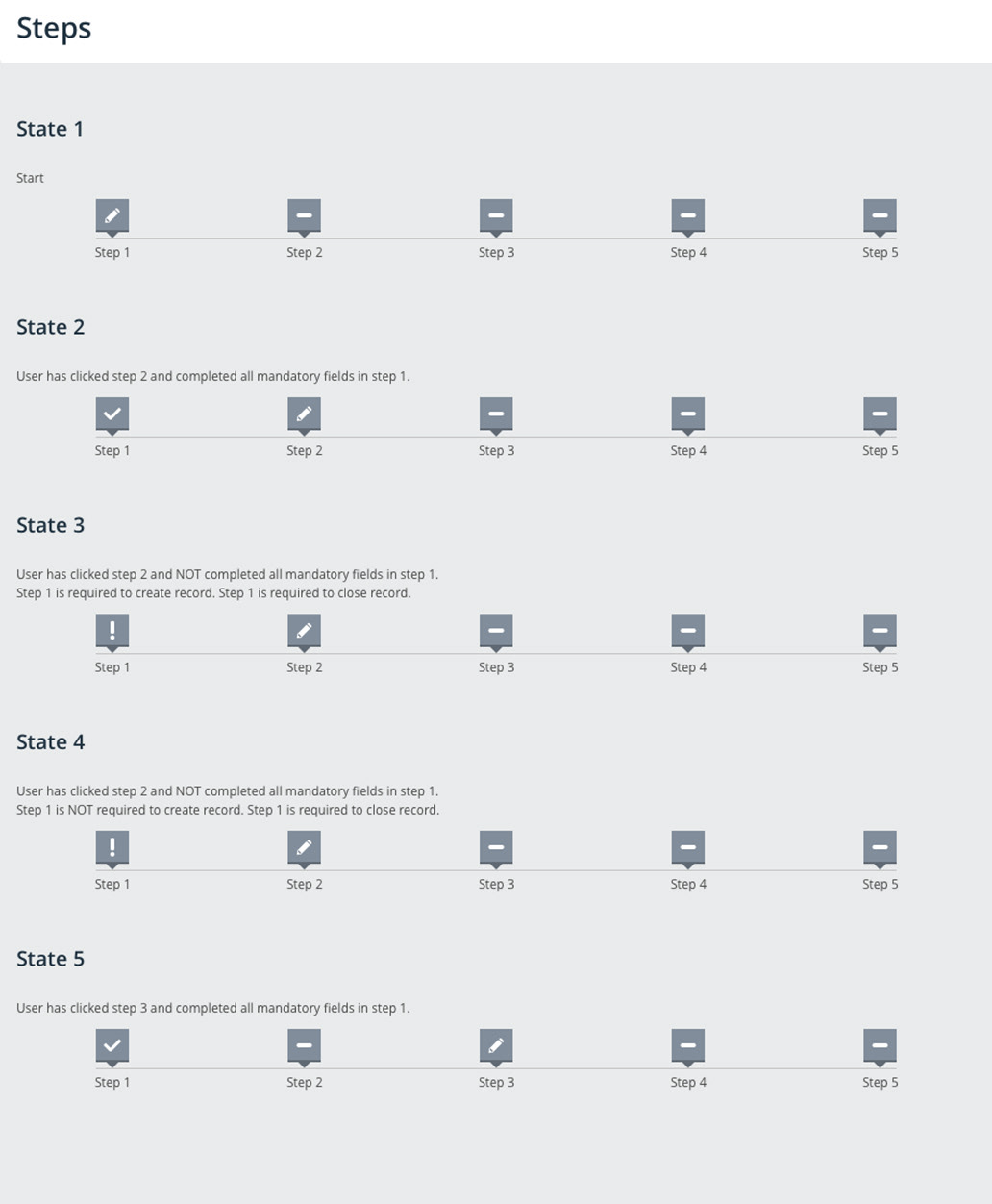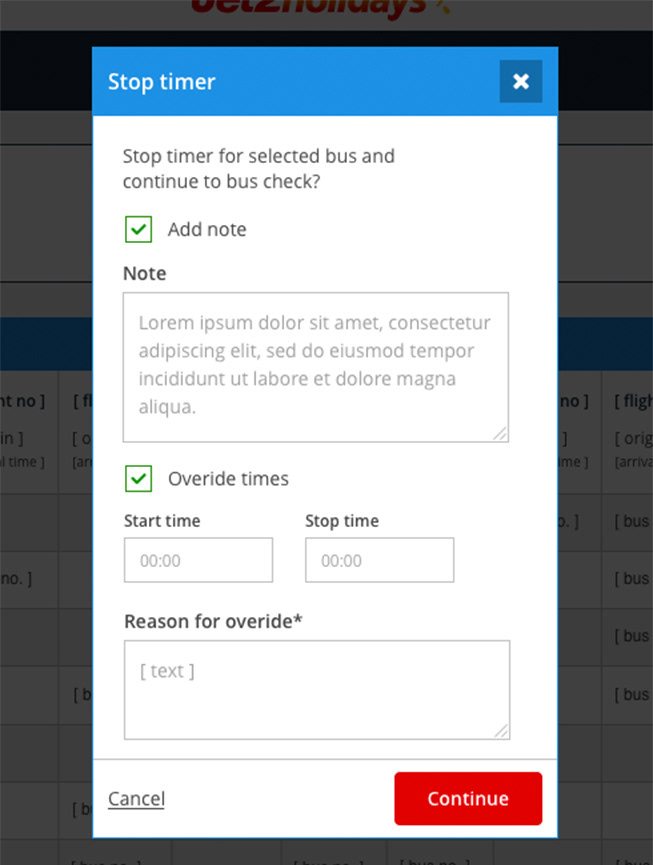

The first (and the priority in my mind) was to make Jet2 employees’ day to day jobs easy, quick and efficient.
The second was to enable the business itself to capture and record vital information in a way that wasn’t too laborious for staff and to enable better reporting and forecasting of customers’ needs across resorts.
This meant at every stage of planning, mapping, designing and prototyping that I constantly had to find a balance between the business needs of Jet2 and the day to day usability needs of its employees.







1. Interview relevant SME’s to better understand their day to day usage requirements and what tasks they needed to achieve.
2. Taking into consideration the insights from these meetings do competitor research and analysis on what is already on the market for performing similar tasks.
3. Combining this research with industry best practises to scamp out a rough process and user flow of how a given module may work.
4. Playing this back to the users and checking if fit for purpose, iterating as necessary until it is.
5. Playing back this refined process and flow to the business to see if it meets their needs, iterating in combination with a repeat of step 4 if necessary.
6. Mock-up and prototype of pages in low fidelity for signoff by SME’s and the business.
and prototypes designed and used to walk the development teams through ready for development.












Using Jet2’s established brand guidelines as a base, I used a mobile first, atomic approach and designed a library of universal components and interactions that could be applied to any part of any app we were developing ensuring not only a consistent interaction style but a visual one too.
This included such components such as calendar selectors for date and time, searchable and multi selectable drop-down menus, attachment tools, form elements and navigation menus.
This was also extremely helpful as the project progressed as it created an interaction shorthand to explain to users and business alike new features with components they were already used to seeing and using.
There was an immediate effect on users, customers and Jet2 processes as soon as the first modules were trained out and released.
Some departments reported a time saving of up to two hours per working day per user compared to some of the previous unoptimised and manual processes.
Jet2 as a business also suddenly had a massive amount of tractable data coming in that they could use to support their staff and customers by doing things such as automatically ordering supplies
to resorts that were running low or flagging up potentially serious incidents involving customers on site before they escalated.
As a result of the success of the initial project the scope was hugely increased and many more parts of the business and their processes were also brought in to get the ‘EROS’ treatment, with the plan being that eventually Jet2 will have its own in-house bespoke developed one-stop-shop for all of it’s customer-facing workers needs.










